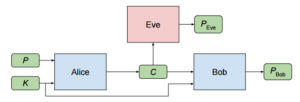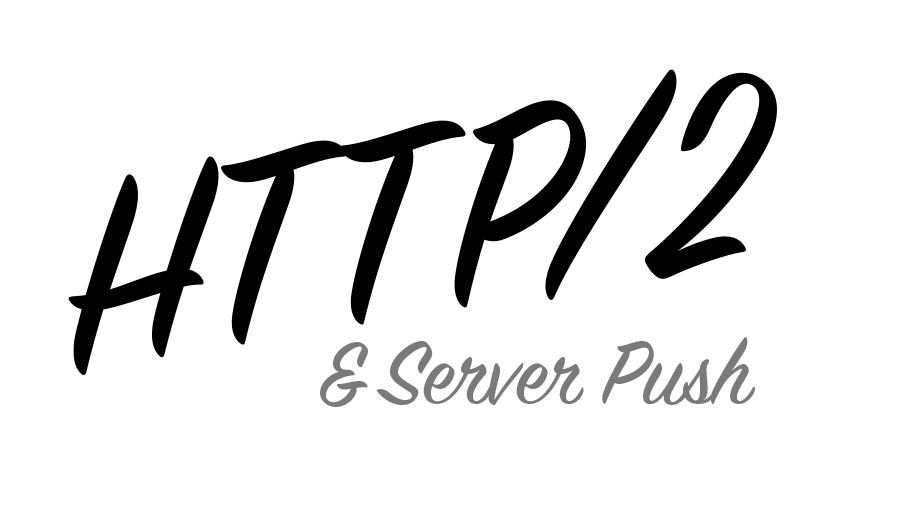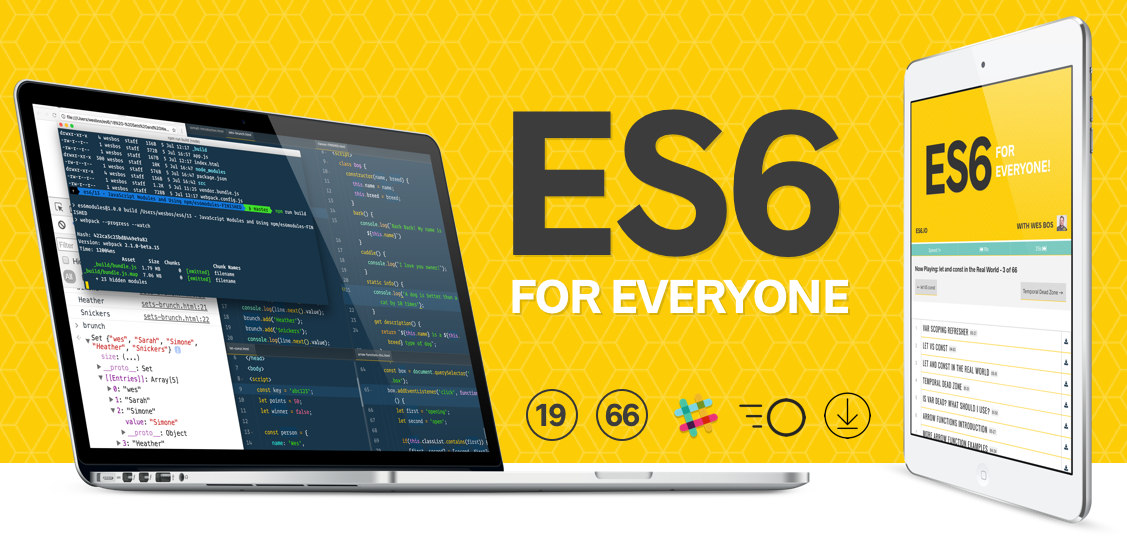Quantum starts from Gecko, and replaces major engine components that will benefit most from parallelization, or from offloading to the GPU. One key part of our strategy is to incorporate groundbreaking components of Servo, an independent, community-based web engine sponsored by Mozilla. |
|
Modular JavaScript is an open effort to improve our collective understanding of writing robust, well-tested, and modular applications. The series consists of five books, each of which explores a key aspect of JavaScript development — comprehensively. The books are produced in the open: anyone can track their progress, report issues & contribute fixes or content. A free-to-read version is available online! Digital & print books can be purchased through O’Reilly Media. The crowdfunding campaign launched last week on Indiegogo! 
It’s already over 100% funded! |  |
|
Examines the characteristics of Web Brutalism, why it can be effective, and what it takes to design a Brutalist website. |  |
|
Neural networks are black boxes. Once you start feeding them data, it’s very hard to make sense of what they do internally to produce their output. |  |
|
Bad code stinks. Clean up your insecure JS source code with Jacks. Analyze your GitHub repo to learn how to improve your code and build stronger web applications from the start. Sign up – It’s free for devs |  |
|
Using a technique known as style transfer, images a user can render their favorite picture in the style of a well known work of art. Googlers explain how neural networks can be used to this end. |  |
|
Working remotely and running a remote team seem like black magic to many. Yet at Zapier, we’ve been working remotely since our founding in October of 2011. This book shares everything we’ve learned about running a remote team—our successes and our failures. |
|
Here’s an exciting feature in CSS, which may be about to change your life. |
|
HTTP/2 is awesome. When we enabled HTTP/2 on the settled.co.uk website, we noticed a 10% improvement in the page load times across the site. We didn’t change any code, or even make any web performance improvements - we simply made the switch. |  |
|
Wes came out with a premium training course to strengthen your core JavaScript skills and master all that ES6 has to offer.  ES6 is a major update to JavaScript that includes dozens of new features. With a focus on simplicity and readability, this course is an efficient way to find out what is new in JavaScript and most importantly when and how you should use it. Join me for a fun and approachable look at all ES6 has to offer — boost your skills and further your career. |  |
|
Using CSS gradients and multiple backgrounds to improve resilience and perceived performance. |
|
In the CSS Display Module Level 3 is a new value for the display property – display: contents. The value has been implemented in Firefox and here is a quick explanation of what it does, and why it might be useful if it gets wider browser support. |  |
|
Today we’re happy to announce, in tandem with Firefox and Edge, a WebAssembly Browser Preview. WebAssembly or wasm is a new runtime and compilation target for the web, designed by collaborators from Google, Mozilla, Microsoft, Apple, and the W3C WebAssembly Community Group. |  |
|
JavaScript-only apps started to include progressive enhancement concepts. Over the years, I’ve had to debate whether this is the correct approach or not several times. |
|
Learn why animating SVG is different from animating in CSS, and work around some common hiccups you might experience along the way. |  |
|
It doesn’t take being a performance fanatic to know that images can really slow down a page’s load time. We’ve come a long way when it comes to images, from lazy loading them to using better image formats like WebP, but they all involve loading the same static image URL which may be good for desktops but not for mobile devices, and visa versa. We do have srcset with img tags now, but that can be difficult to maintain for dynamic, user-driven websites. |  |
|
|
|



Comments